Black Band Coral Disease
Black band coral disease. This disease is caused by a cyanobacteria or blue-green algae and manifests itself as an expanding black band over the surface of the coral. However in the majority of cases cyanobacteria in combination with another bacteria called Phormidium corallyticum will cause this diseas. This disease is called black band disease BBD and it is easy to recognize because of the visible black bands on the surface of the corals Figure 1.
This large brain coral is being attacked by black-band disease. Black band is primary a SPS disease which can affect many different species of SPS and some LPS corals. For the most part the causes are still unknown.
This is the only coral disease that can be successfully treated. This disease affects hard star staghorn and brain corals fig20 of the Caribbean and the Great Barrier Reef. Coral Diseases Black Band Disease.
Information about Coral Disease Coral disease was first recognized as a threat to Caribbean reefs in 1972 when Antonius Antonius 1973 reported the discovery of black band disease. This disease similar to RSARBD falls under the broad spectrum of cyanobacterial overgrowth forming a mat over the aquarium floor and often the corals themselves. Black band disease BBD was the first coral disease to be reported in the literature Antonius 1973.
Since that time the prevalence and incidence of coral disease has been reported in an ever-increasing frequency. Black band disease was. As the name indicates the band is a soft microbial mat that is brick red or dark brown not black in color and easily dislodged from the surface of the coral tissue.
The band color may be. The coral disease is affecting three species of rice corals Montipora. Black band disease is characterized by complete coral tissue degradation due to a pathogenic microbial consortium that appears as a dark red or black migrating microbial mat.
In WBD multiple disease-associated bacteria may be able to cause disease signs in slightly different combinations. Its colour is as the name suggests black to dark blue-green.
Black band disease BBD is one of the most widespread and destructive of coral diseases.
Its colour is as the name suggests black to dark blue-green. However in the majority of cases cyanobacteria in combination with another bacteria called Phormidium corallyticum will cause this diseas. It was first noted on reefs of Belize in the western Caribbean and was described as a striking microbial assemblage that formed a band which moved across apparently healthy coral colonies actively destroying coral tissue and leaving behind the bare coral skeleton Fig. Black band disease BBD manifests as a cyanobacterial-dominated microbial mat that destroys coral tissues as it rapidly spreads over coral colonies. White-Band and White Plague Disease. Black band disease is characterized by complete coral tissue degradation due to a pathogenic microbial consortium that appears as a dark red or black migrating microbial mat. Black band disease BBD is one of the most widespread and destructive of coral diseases. The disease forms a thin black band that kills coral as it eats through tissue exposing the fragile skeleton Source. Black-band disease BBD is one of the most easily identified coral diseases because of its distinctive appearance.
For the most part the causes are still unknown. Black band disease was. As the name indicates the band is a soft microbial mat that is brick red or dark brown not black in color and easily dislodged from the surface of the coral tissue. The disease forms a thin black band that kills coral as it eats through tissue exposing the fragile skeleton Source. The healthy greenish tissue is separated from the dead white tissue by. It was first noted on reefs of Belize in the western Caribbean and was described as a striking microbial assemblage that formed a band which moved across apparently healthy coral colonies actively destroying coral tissue and leaving behind the bare coral skeleton Fig. Since its first record in the 1970s on reefs of the wider Caribbean Antonius 1973 it has spread to the Red Sea the Indo-Pacific and the Great Barrier Reef Antonius 1985 Antonius 1988 Dinsdale 2002.


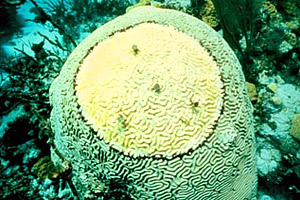

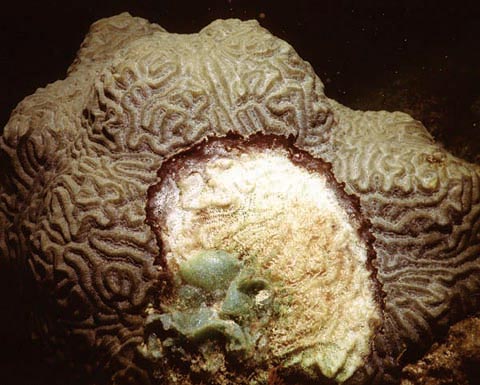
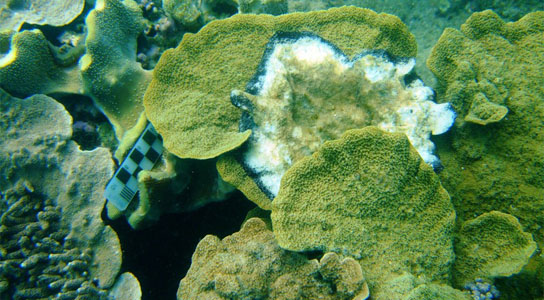

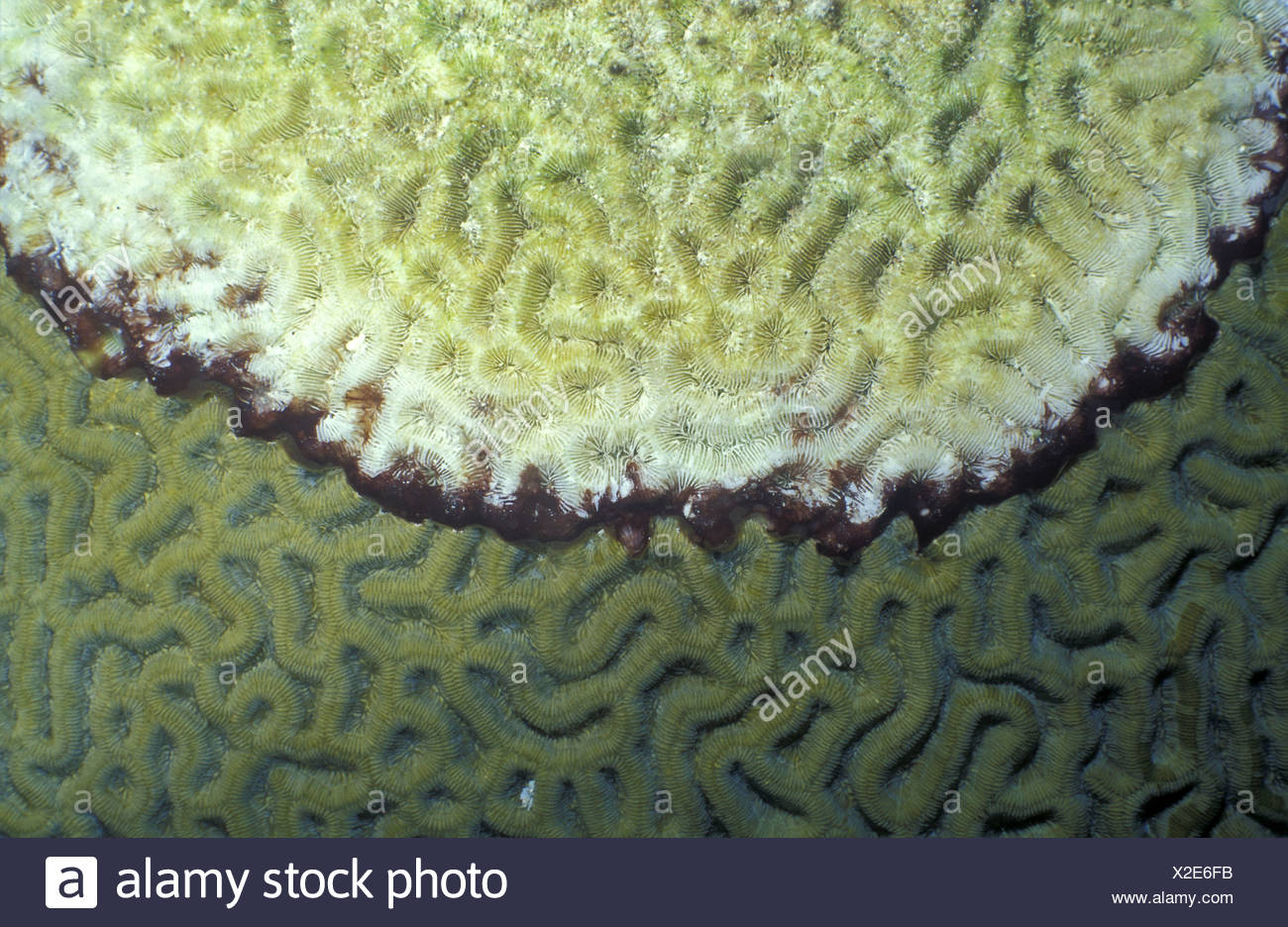






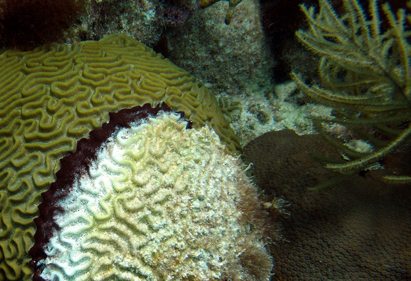





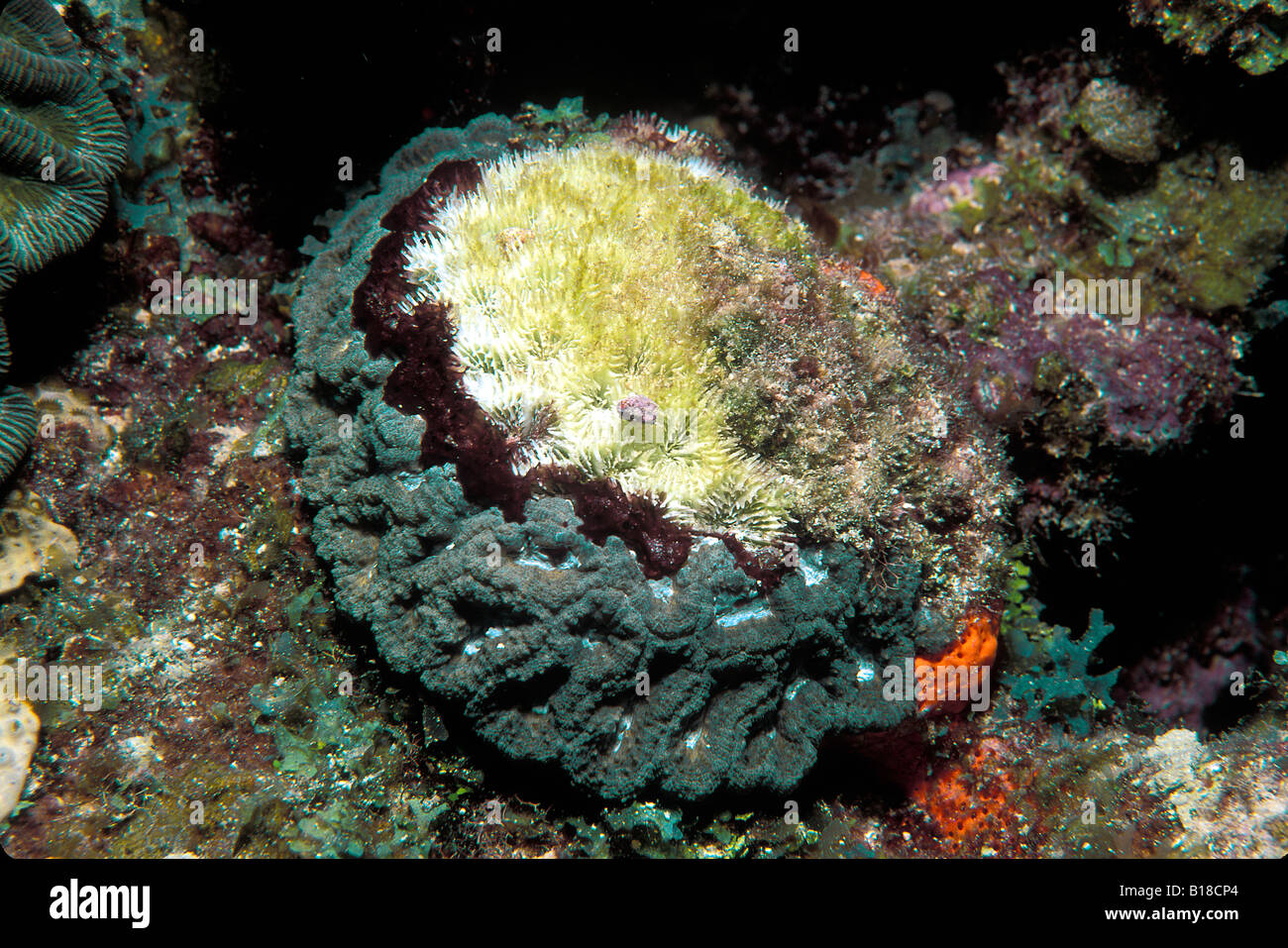


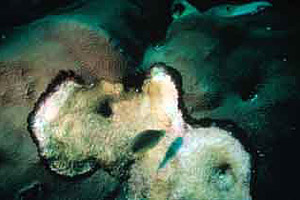
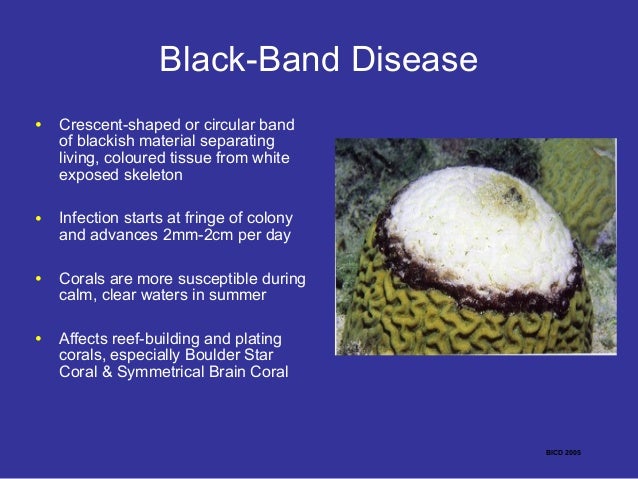
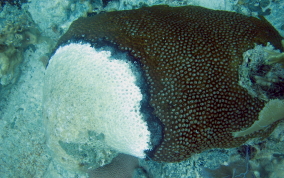
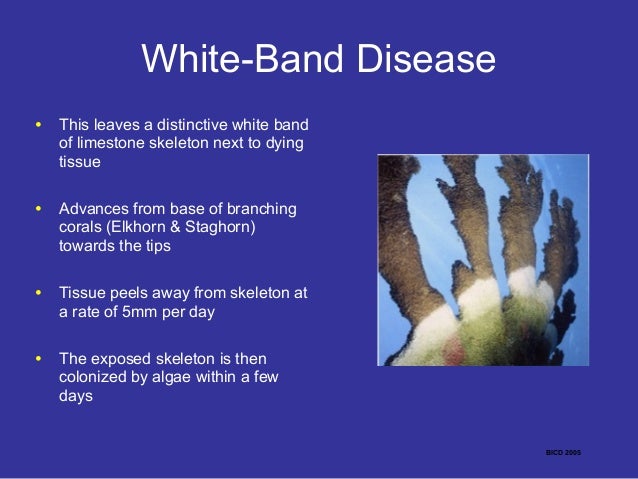



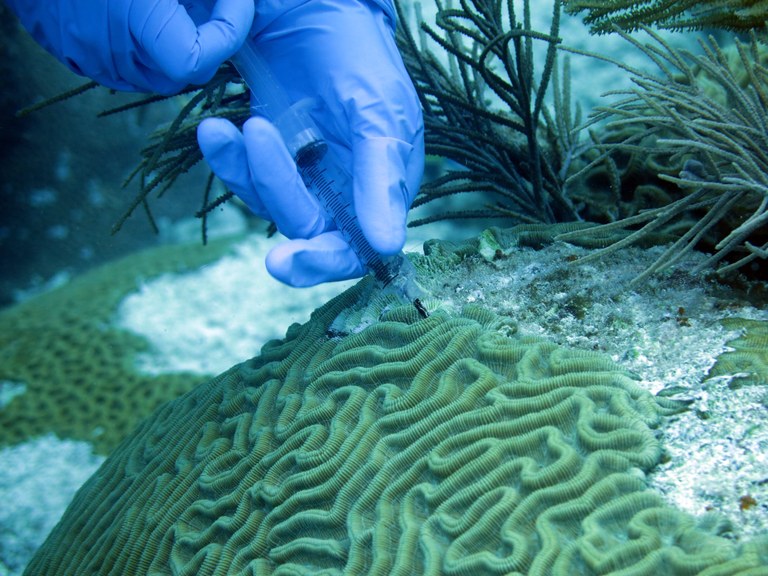







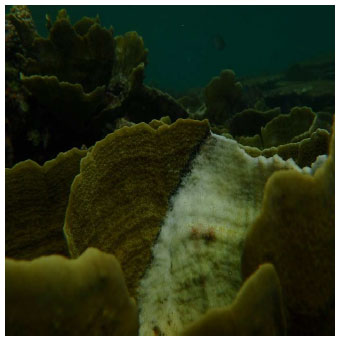
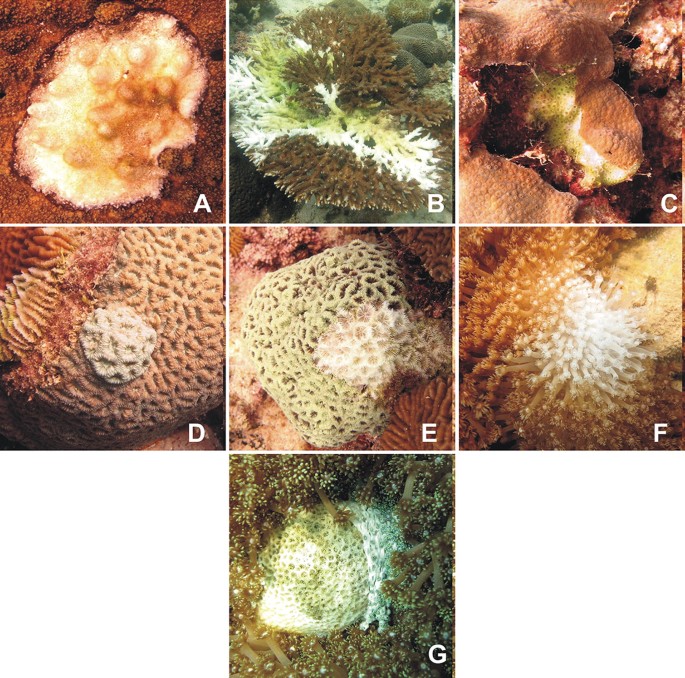


Post a Comment for "Black Band Coral Disease"